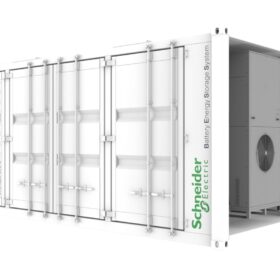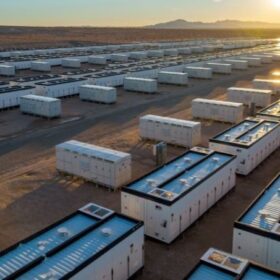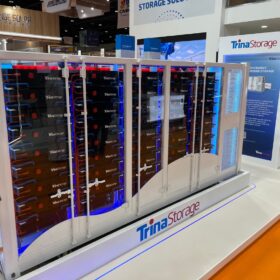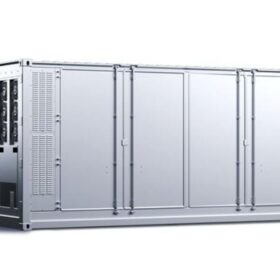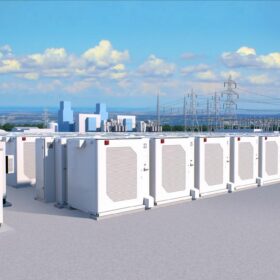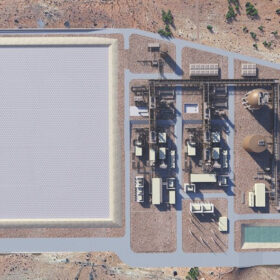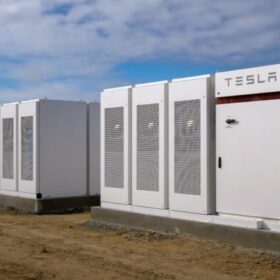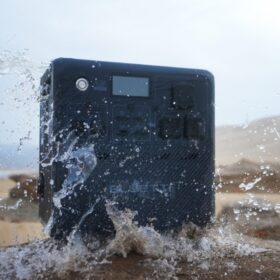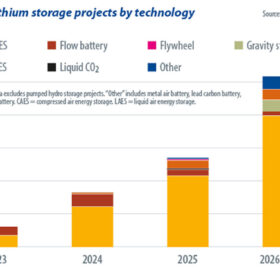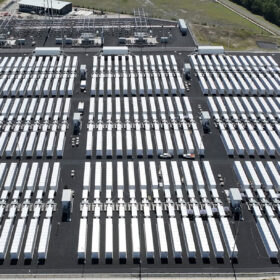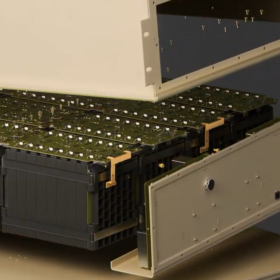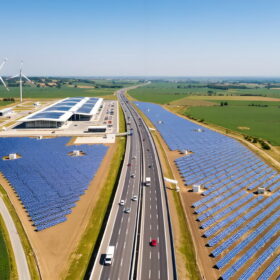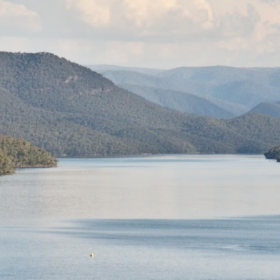Battery energy storage is ‘must-have’ to realise Australia’s renewable potential
Australia is in critical need of robust planning of distributed battery energy storage systems to increase network flexibility alongside the development of new generation resources and transmission infrastructure.
Schneider Electric launches new storage systems for microgrids
French multinational energy management company Schneider Electric has released two new battery energy storage systems with enclosures of 2.1 metres and 6.06 metres. Their power ranges from 60 kW to 500 kW.
IEA calls for sixfold expansion of global energy storage capacity
The International Energy Agency has issued its first report on the importance of battery energy storage technology in the energy transition. It has found that tripling renewable energy capacity by 2030 would require 1,500 GW of battery storage.
Pacific Green inks 1.5 GWh supply agreement with Trina Storage
Trina Storage has struck a deal to supply 1.5 GWh of integrated energy storage solutions to Pacific Green which has plans to construct what is to be one of Australia’s largest grid-scale battery energy storage systems.
CATL unveils first mass-producible battery storage with zero degradation
China-based Contemporary Amperex Technology Co. (CATL) has launched its new TENER energy storage product, which it describes as the world’s first mass-producible 6.25 MWh storage system, with zero degradation in the first five years of use.
Origin adds more renewables, storage to plug pending coal gap
Australia’s largest energy retailer Origin Energy Limited (Origin) has entered into an agreement with Belgian company Virya Energy to acquire the Yanco Delta renewables project that comprises an 800 MWh battery energy storage system coupled with a 1.5 GW wind farm in southern New South Wales.
Weekend read: Cut to the CAES
Compressed air energy storage (CAES) sits at a crossroads. It is considered a mature form of deep storage due to its components being firmly “de-risked” but few projects are operating in the Western world. A project in the remote New South Wales town of Broken Hill promises to lead the way.
Tesla reports record energy storage deployment figures
Tesla’s global electric vehicle sales are plummeting, but its energy storage business is surging, with more than 4 GWh deployed in the first quarter of 2024 alone.
Bluetti releases 2.4 kW portable power station
Bluetti has unveiled a new weatherproof portable power station featuring a lithium iron phosphate battery with a power capacity of 1,536 Wh and a 2,400 W rated output.
Weekend read: Can anything topple lithium-ion?
The need for long-duration energy storage in a net-zero world is undeniable but with conventional battery prices tumbling, can anything dislodge the mainstream grip of lithium ion? S&P Global’s Susan Taylor provides an update on non-lithium storage technologies.

